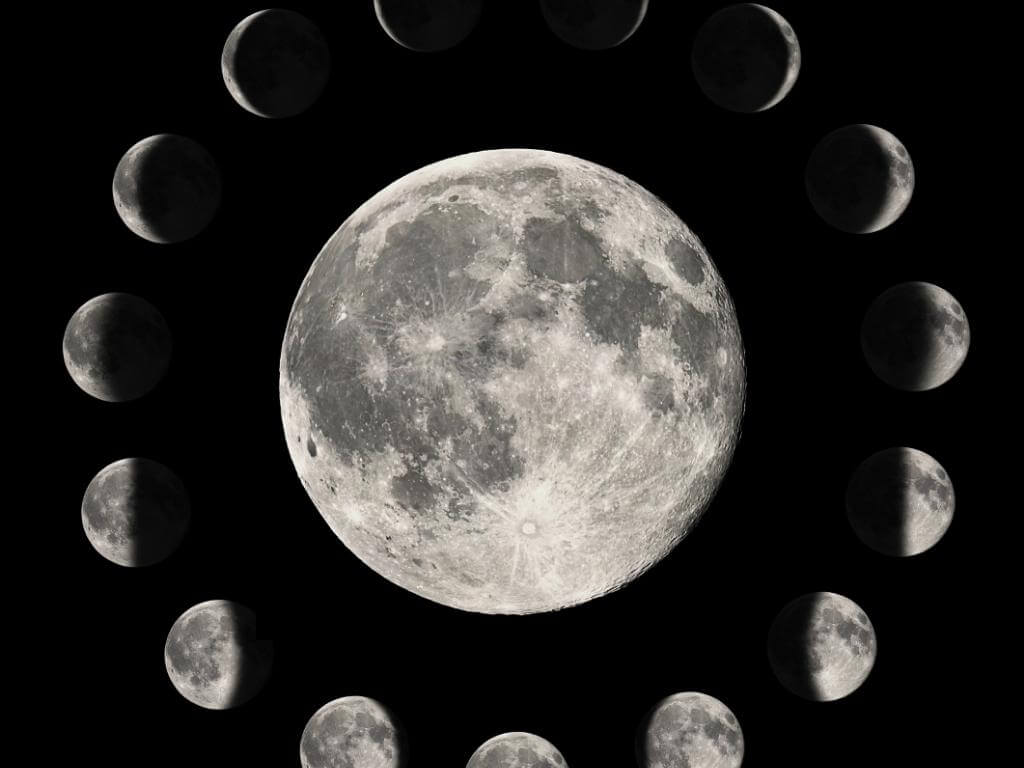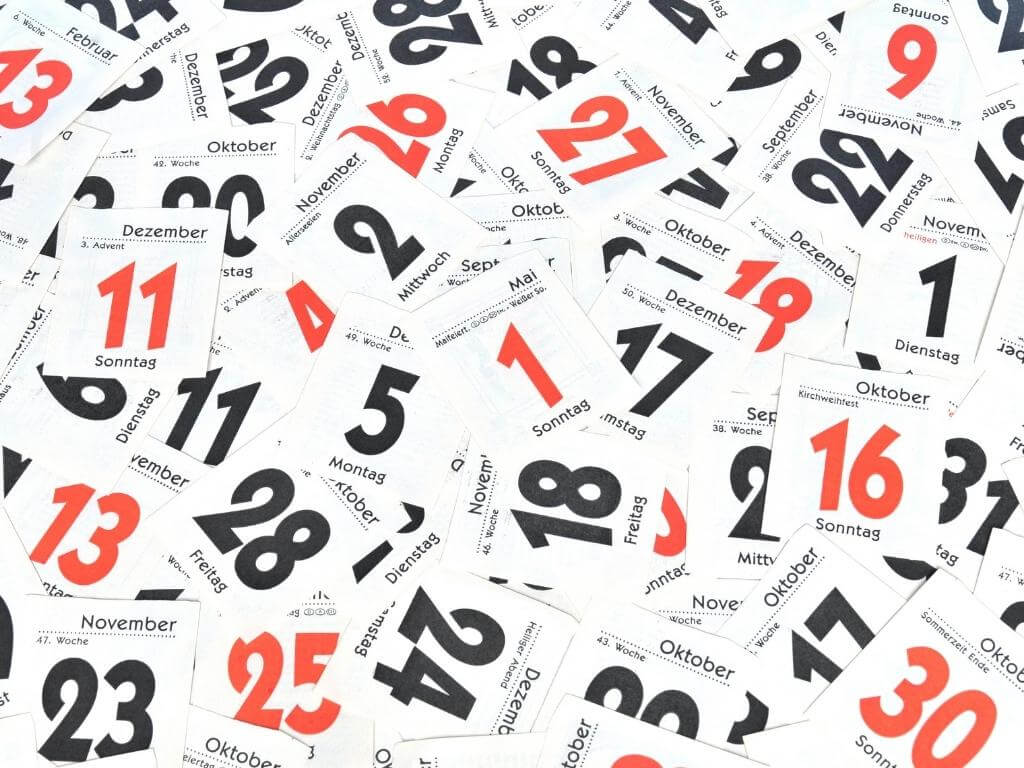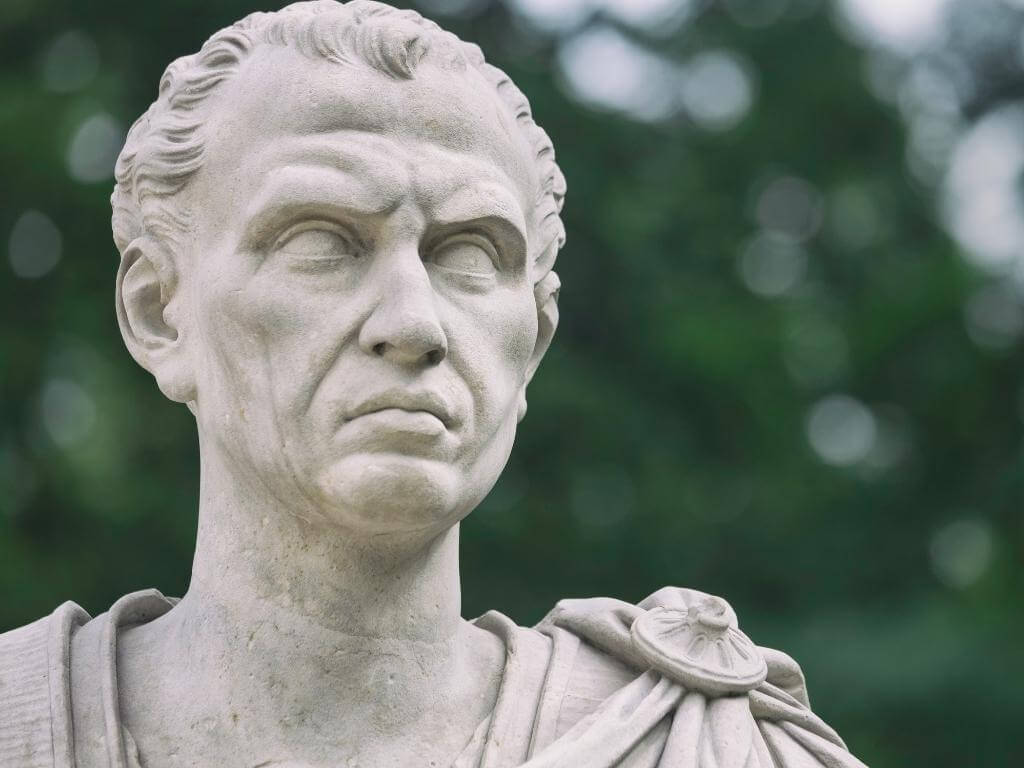How many times have you asked yourself, “Why does February have 28 days?”? Yes, sometimes there are 29 – but that’s odd too. I certainly have wondered this many times and recently decided once and for all to satisfy my curiosity. The answer is a complicated, yet fascinating account of the influence of astronomy, politics, and a little bit of superstition.
Before we get too far into the mystery, I thought it would be illuminating to learn a little about February and some of its quirkiness.
4 Facts About February
- February is one of the most frequently misspelled words in the English language. Many people leave out the first ‘r’ after the ‘b’. Even seasoned journalists do it! February is also a difficult word to pronounce, hence the conflicting opinions on how to pronounce it. While I say ‘Feb-roo-air-ee’ because that’s how I learned to say it, I often hear it pronounced as ‘Feb-you-air-ee’. Potayto, Potahto?
- February is the only month that might not have a full moon, although it mostly does have one. After all, it has less days than a full lunar cycle. The last time it didn’t have a full moon was 1999 and the next year without a full moon will be in 2037.
- February is named after a Roman festival called ‘Februa’. It was so named to coincide with the tradition of spring-cleaning and a specific cleansing ritual held by Romans on Feb 15.
- February 2 – Groundhog Day – comes from a long line of ancient and modern traditions among Celts and Europeans. With the spread of Christianity, the Celtic pagan celebration for the beginning of spring (Imbolc) evolved into Candlemas. This was the feast celebrating the presentation of Jesus at the holy temple in Jerusalem. Some European Christians believed that a sunny Candlemas meant another 40 days of cold and snow. The Germans had their own take on Candlemas, deferring to badgers and hedgehogs to declare the day ‘sunny’ with their own shadows. When the Germans settled in the U.S. they choose the groundhog as the predictor of spring. It’s largely a media-driven event today, something to divert North Americans from the cold and dark of winters.

Why Does February Have 28 Days?
But I digress. Back to the 28-day question. It turns out that the driving force behind the number of days in February can be traced back to the Romans. Maybe it is true that all roads and much more lead to Rome! Here’s a quick summary of the road to 28 days. For the full account, check out this video for an entertaining explanation in under 5 minutes.
Astronomers
Ancient astronomers had a way to measure time that came between two solar equinoxes or solstices, with the full cycle of four known as the Tropical Year (approximately 365 days). Over many years, the moon cycle emerged as a very simple way for ordinary people to track the passage of time. It became known as the Lunar Calendar. This way of marking time worked for a while, until the Romans decided they needed a better solution to track and plan their holidays, feast, and military ceremonies.

Kings
The first King of Rome, Romulus, who may have been real or mythical, is credited with establishing the Roman Lunar Calendar. It consisted of 10 months with 30 or 31 days in each month, beginning in March and ending in December. Of course, that meant a gap of 61.25 days that originally existed in the Tropical Year calendar.
The second King of Rome, Numa Pompilius (715 B.C.), aimed to fill in those extra days and here’s where the superstition part came in: the total number of days in the Lunar calendar was 304. Even numbers were bad luck according to the Romans. Numa removed one day from all the even numbered months in the Lunar Calendar. He wanted to have the calendar include 12 lunar cycles – approximately 354 days, but that’s also an even number. Numa simply rounded up the number to 355, created two months – January with 29 days and February with 28 days, and added them to the end of the calendar. You might notice that February had an even number of days. The Romans were willing to live with this given that it was a month of spiritual purification.
Calendar Tweaks
Yet, the calendar was still not in synch with the universe and the calendar days did not add up to the 365 days it takes for the earth to orbit the sun. For some years, the Romans experimented with longer and shorter months (always during February) and at the request of politicians who wanted time to extend their terms or shorten terms of opponents, and for various other political reasons. It was becoming a mess to manage, even for the Romans.

The One and Only Julius Caesar
In comes Julius Caesar (49 BC). As a result of his time in Egypt, he was familiar with the very popular 365-day calendar. In 46 BC, Caesar replaced the Lunar Calendar (which now began with January) with the Solar Calendar. He added ten days to various months to get a total of 365 days. To account for the fact that a Tropical Year is actually 365.242 days, he added an extra day every four years – and that’s how February gets 29 days.
It seems that prior to the reign of Julius Caesar, the calendar was a confusing and complex way to keep track of time. The concept of a week or weekend was non-existent, and numbering was inconsistent. The month of February was always changing, split in half, increasing or decreasing in numbers of days. Perhaps that’s why February has a tendency to feel unmoored, brooding, uncomfortable?

February – A Month of Many Things, Except Days
I rather like February – it’s my birthday month, it has beautiful modern celebrations like Carnevale / Mardi Gras, it’s the month of many heart-centred celebrations, and the stunning purple amethyst is its birthstone. The month of February connected the old calendar to the new and while it has fewer days, it’s as full – and then some – as any other 31-day month.
Join Us in Italy!
To learn more about our tours that take travellers off-the-beaten path in Italy, visit our Tour Page, sign up for our mailing list below, or send us an email at info@mp-tours.com.




